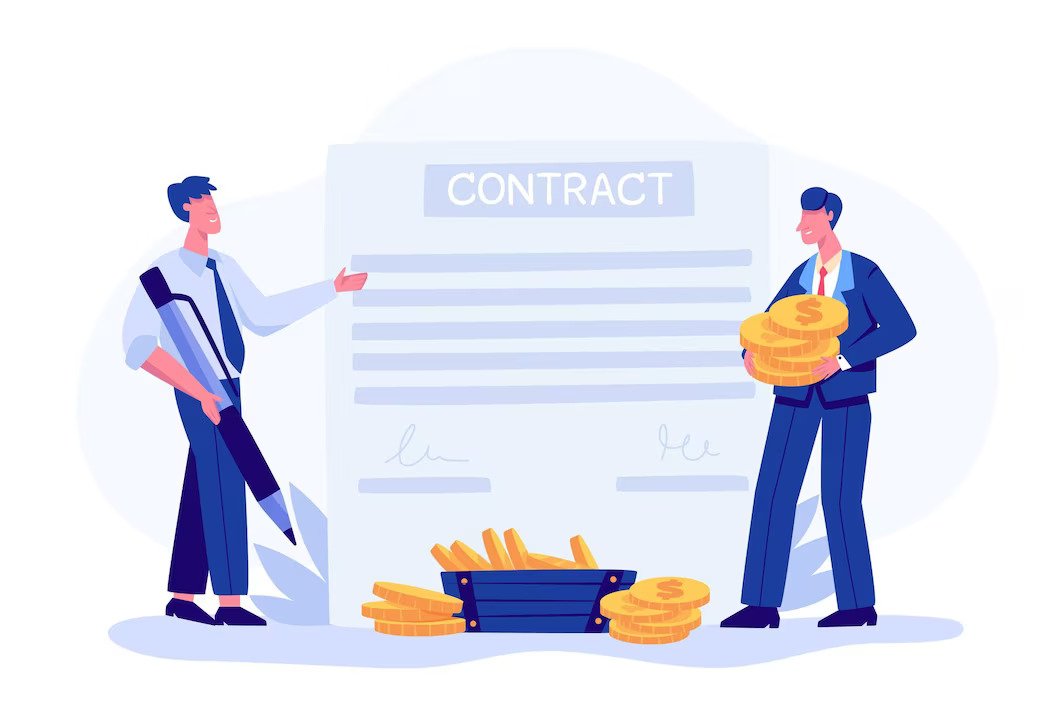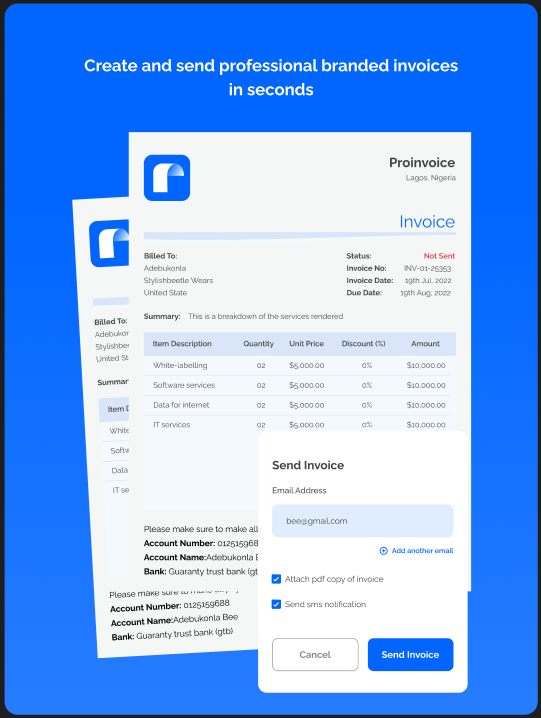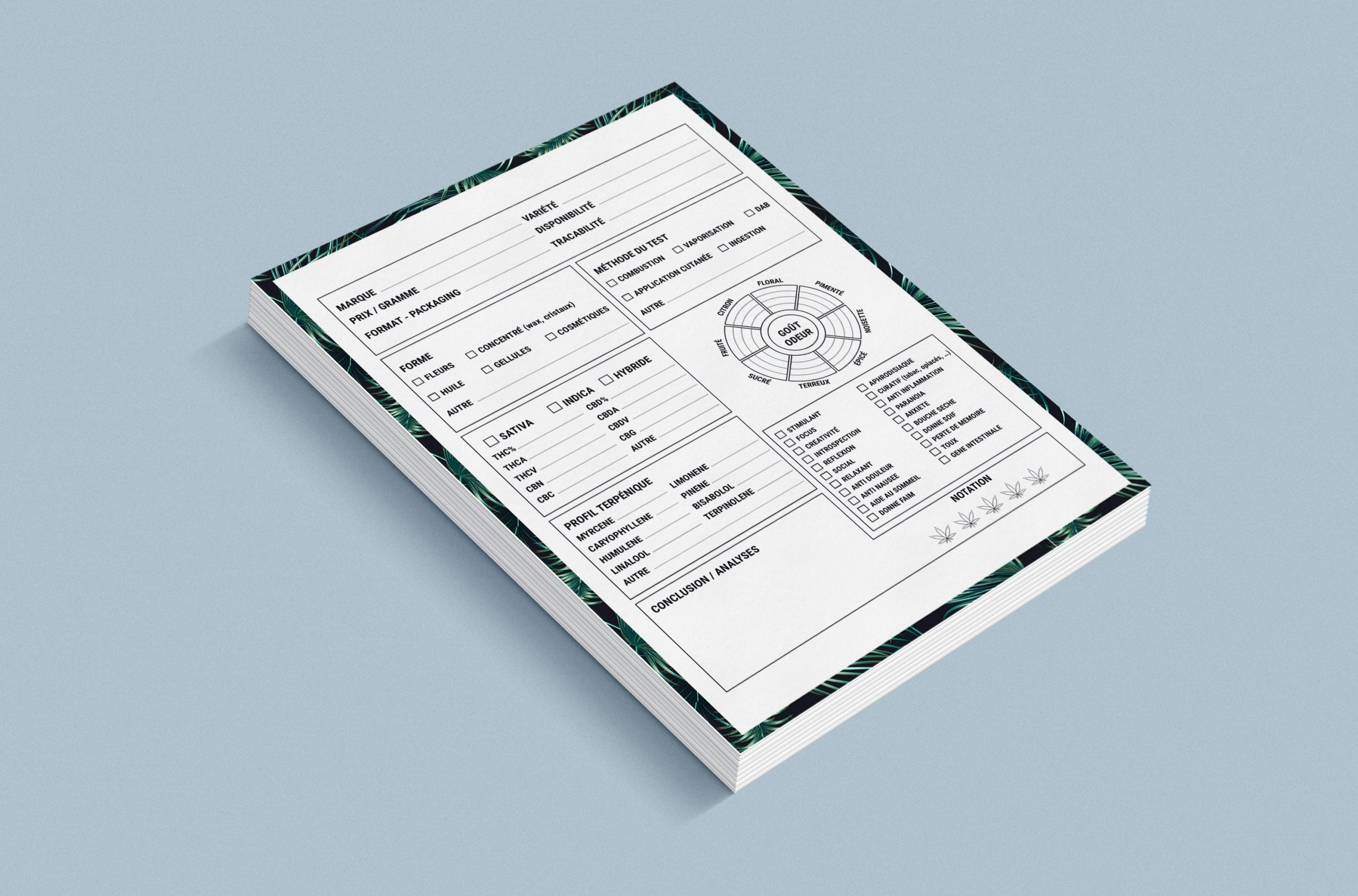No one is perfect, that is one of the many reasons why having a checklist of common invoicing mistakes to avoid is important.
This helps even new team members to quickly get acquainted to the invoicing mistakes they should never make even when you are not available.
Invoice is important in generating sales, as it shows your brand’s professionalism, and gives customers insight about your company.
As invoices serve as financial documents which are issued by a firm to a customer, it is important to ensure professionalism at all costs.
However, invoicing mistakes may arise in the process of preparing your invoice, and this may serve as a threat to the relationship between the client and the firm.
A quick solution to this is making use of invoice templates as this is capable of helping to reduce these mistakes.
So, in essence, invoicing mistakes must be apprehended and also be stopped at all costs.
There are many common invoicing mistakes made while in making an invoice, but four will be mentioned and explained here which include: invoicing a wrong customer, lack of digital backup, dependence on manual invoicing, and improper invoice information.
The Top Common Invoicing Mistakes to Avoid
1. Invoicing a Wrong Customer
One of the top invoicing mistakes people make when sending an invoice is invoicing a wrong customer.
It is important to know that when dealing with a large organization, it is important to ensure that the information of a customer is unique from another customer, to avoid misunderstanding which may lead to invoicing a wrong customer.
Invoicing the wrong client may lead to a delay in payment and can trigger litigation because confidentiality may be compromised.
It is important to cross-check customer information most of the time before preparing an invoice.
If a company deals with many customers, there should be a division of labor to avoid this mistake that may result in burnout from a single employee that handles many complex tasks simultaneously.
For example, in some organizations, a particular employee is assigned to mail to handle incoming invoices.
A company’s professionalism, work ethic, and brand image are under scrutiny whenever an invoice is sent to the wrong customer with doubt.
2. Lack of Digital Backup
If an inferno or any form of accident happens to a company, complications may arise in retrieving all financial documents such as invoices which is disastrous.
This is common in a situation where a company depends on the paper invoice which is an outdated form of invoicing.
Lacking digital backup when an accident occurs may lead to litigation because a company cannot tell how much a client is owing or what tax to be paid.
There are many ways in which an invoice can have a digital backup, some of the means of having digital backup include: cloud storage, putting the invoice in a USB drive, network attached storage, and burning the information on DVD and CD.
a. Cloud Storage
Cloud storage Is a type of computer data storage in which data is kept in a digital reserve called “cloud”. There are different types of cloud storage as technology advance, the various types of cloud storage include:
An organization needs to use any type of cloud storage mentioned above to avoid the loss of invoices and any form of financial documents.
b. USB Drive
Using a Universal Serial Bus or otherwise known as USB is another form of digital backup that a company has to use to avoid loss of financial documents.
USB comes with different forms of extra storage space. In case your computer runs out of space, files can be transferred to the USB at effective speed.
c. Network Attached Storage
It is otherwise known as NAS. This form of storage allows multiple users and diversified clients to get access to it. It is accessible to the users through the local area network.
d. DVDs and CDs
Burning information on CDs and DVDs is one of the ways of storing data and information in digital form. In case your computer runs out of storage space, as it has proven effective for several decades, it is also a good idea to burn all your invoices and any form of financial documents on a CD and DVD.
Using the above-mentioned means of storage are some of the effective ways to store invoices and serve as digital backup.
3. Dependence on Manual Invoicing
Manual Invoicing is an outdated form of invoicing because it is prone to lots of errors and shows the unprofessionalism of a business entity.
Commonly known as a paper invoice, as the name indicates it can easily be manipulated and also have many disadvantages.
In the modern day, invoices are generated using invoice generators, and some of these Invoicing software offer free invoicing templates.
Many errors may arise as a result of dependence on manual invoicing, some of the disadvantages of using manual invoicing include: retarding payment, prone to fraud, and identical payment.
i. Retarding Payment
Paper invoice is time-consuming in terms of inputting data one after the other into the database. It becomes more tedious when an organization is dealing with multiple clients.
This tedious procedure affects the relationship between the client and the firm because there will be a delay in payment that will affect the cash flow of the client.
ii. Prone to Fraud
Manual invoices can easily be manipulated by employees within the organization and outside the organization which leads to cybercrimes, phishing, and a lack of trust from customers.
Fraudulent activities originating from an invoice can lead to litigation that will tarnish the image of a company.
iii. Identical Payment
Another common challenge is double payment as a result of inputting the same information simultaneously or inputting the wrong information which will lead to a double payment.
4. Improper Invoice Information
Human error is inevitable as a result of burnout, overconfidence, lack of focus, and many more. This can be avoided by using invoicing software that prevents this type of mistake.
Improper invoice information may include spelling mistakes, calculation mistakes, mistakes that arise in the description of products, and many other errors as a result of using manual invoicing.
Improper invoice information serves as a great threat to the relationship between the client and the firm. Some of the implications of improper invoice information are:
- Delay in payment
- Damage the reputation of a firm
- This may lead to litigation
- Waste of time and money
These are a few damages that can happen to a company if there happens to be improper invoice information.
Final Thoughts
Invoice helps cash flow, shows the professionalism of your firm above all it shows a positive image of your brand.
Now that you know the common invoicing mistakes to avoid, you need to ensure any invoice from your firm is free from any kind of mistake that may doubt the credibility of your company.












